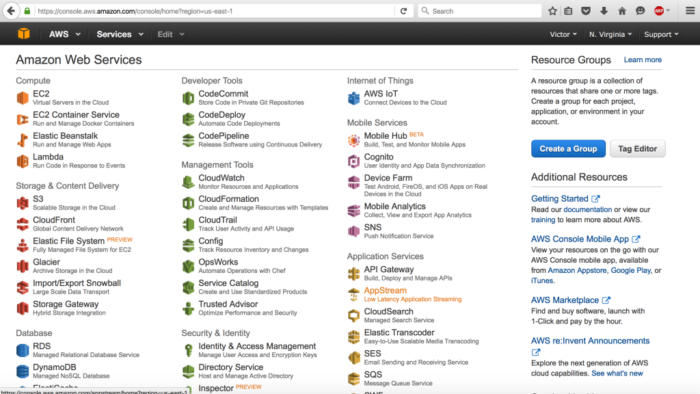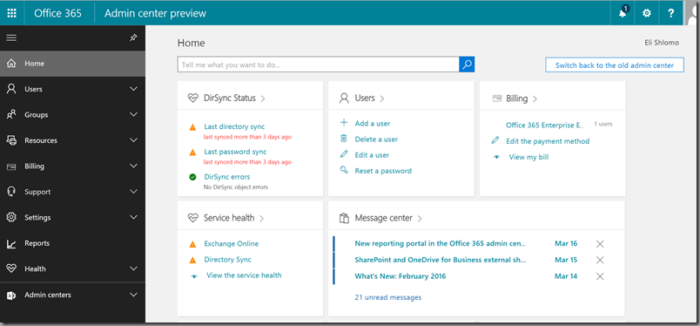I run a Texas Managed Cloud provider. That means that my company provides cloud based services to our clients and we manage those services for them as well.
Why is this important? Because the cloud can be complex, and many times a cloud-driven IT specialist who is familiar with the in’s and out’s of particular cloud setups can simplify things greatly.
Take for example, Amazon Web Services. This is a great system! It is extremely powerful, and has very attractive features. I have been working with AWS for about 10 years! In that time I’ve dealt with a myriad of evolving services, and had a chance to slowly digest new features. Today, when you log into the dashboard of AWS, it’s a huge extremely complex system. Just learning what all the different services can do at a basic level is some work. Getting everything to work together to accomplish a specific mission, then being able to support it, and troubleshoot the whole thing is a valuable skill set!

Look at Microsoft Azure. It’s wonderful. Much easier to use than AWS probably, at least in some ways. It has amazing features and again, it’s a very attractive kind of system. Personally, I’ve used Azure to do some things in minutes that would take me hours to do in AWS. Azure is competing very well with AWS especially now.

One really interesting thing about Azure is that it is priced per minute, whereas AWS is priced per hour. Imagine if you had a huge workload with hundreds of test servers and you needed to fire up a test environment for a few minutes to test a script. In AWS that would bill you for an entire hour but in Azure it would only bill by the minute. That alone can save a big company significant dollars and is a reason you might see large organizations move into Azure sometimes.
Well, Amazon could just as easily change their billing model slightly and possibly even the playing field here, but for now we have to wait and see how it plays out.
Then you have Office 365 – a huge system from Microsoft, amazing really. It is pretty easy overall to take care, roll out and support but of course it also has a huge amount of extremely advanced features. As a matter of fact, I think that most organizations never have had the kind of power Office 365 brings to the table. The reason? Because you would need multiple expensive servers with 100+ man hours of labor to set up what Office 365 just spools up in minutes when it creates your “tenant” in the system. Wow! So just turning ON office 365 is like saving tens of thousands of dollars. However the problem is, knowing how to access all those features and putting them into production is a different story.
Image result for office 365 admin 2016.

These are just a few examples. As hundreds of Cloud based services and products continue to hit the market every few months, the rate of complexity is just increasing.
At the same time, the costs to deploy new services that are innovative, and even market disrupting has just gone down and down. These cloud services are great because they enable organizations to compete better, by reducing up front costs, and also greatly reducing risk associated with investing in your IT solutions.
The bottom line is, the cloud is awesome but it comes with new management challenges that IT support companies must adapt to.
